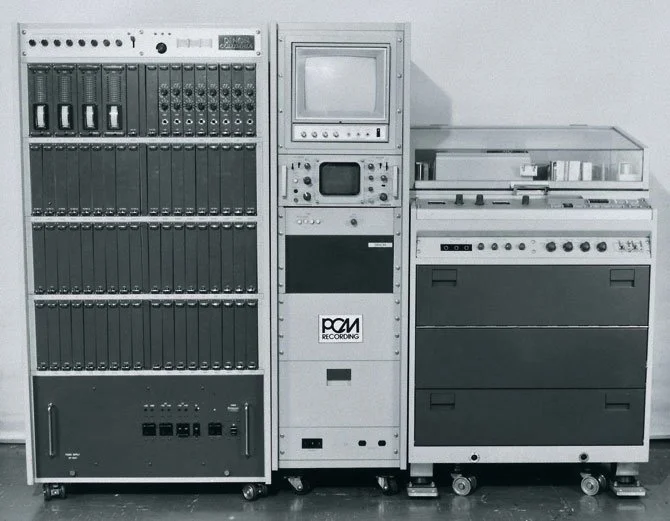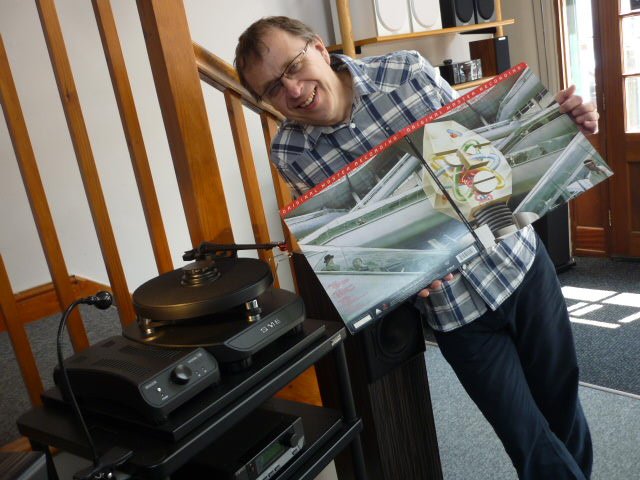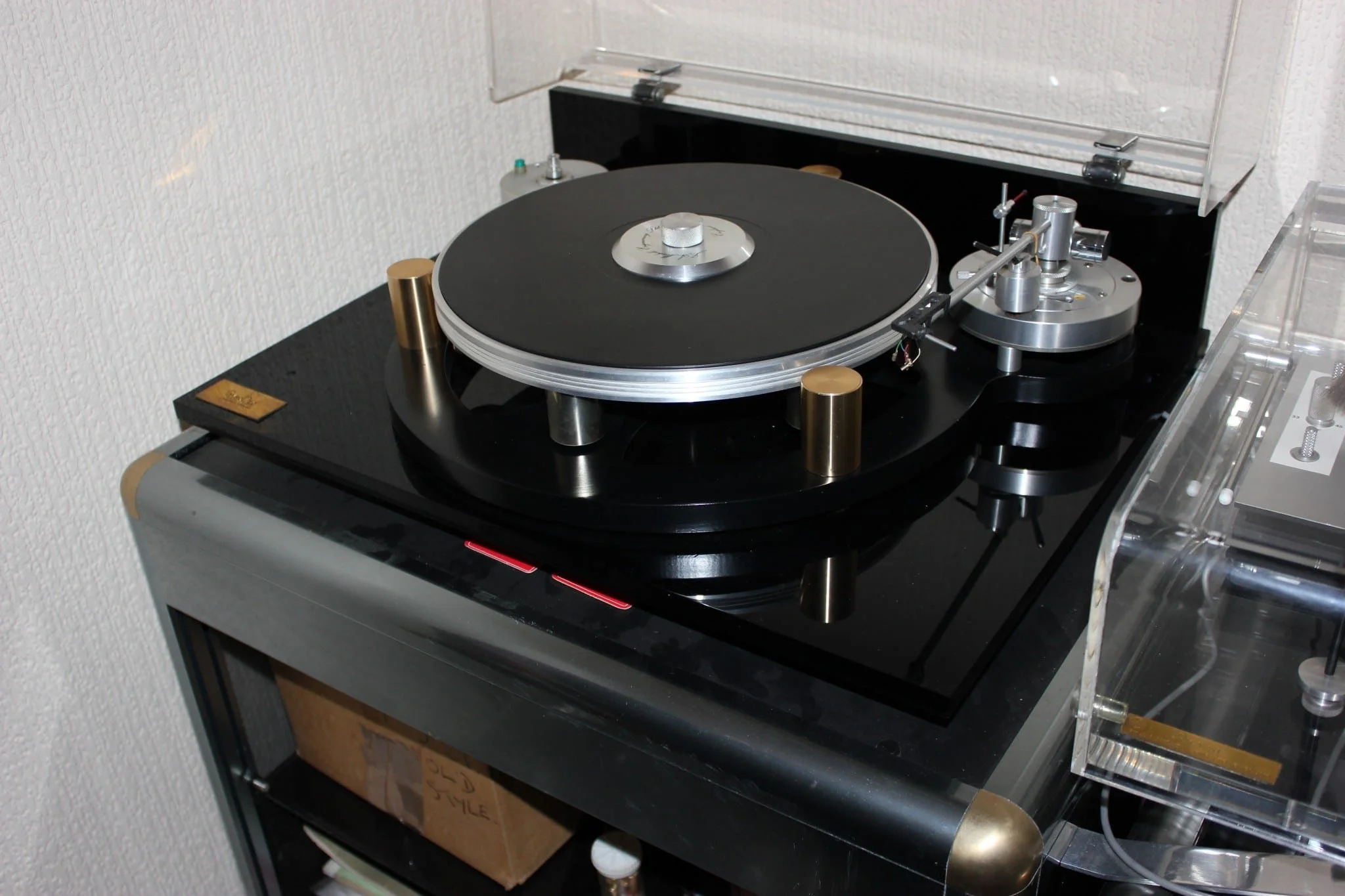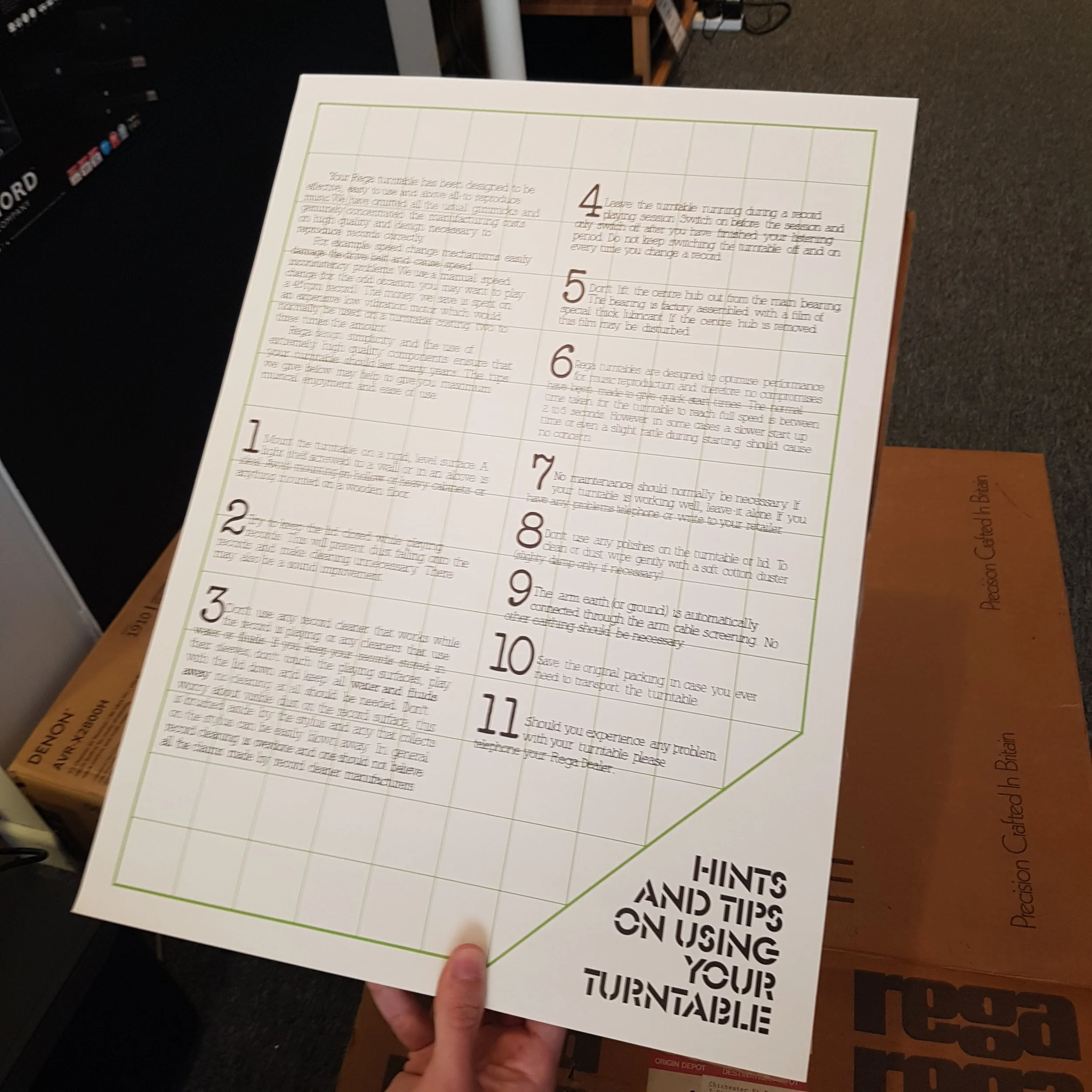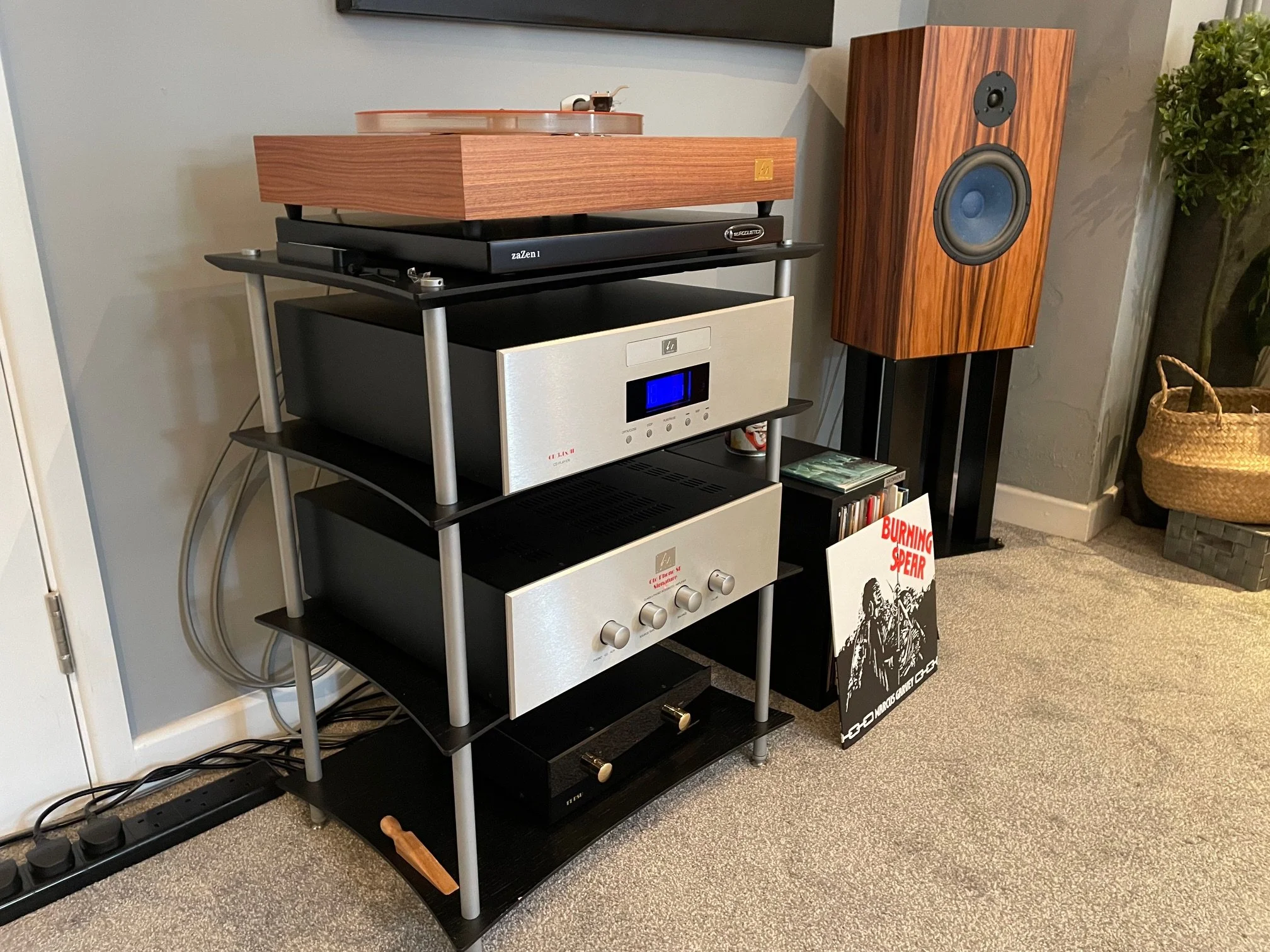JBL launches its new range of AV receivers
/The new JBL MA range brings something new to audio visual processing and amplification. The high spec, value-focused range consists of five models: the MA310, MA510, MA710, MA7100HP and MA9100HP.
The range comes in both black and white-fascia models all with a snazzy orange accent behind the front plate and also around the base of the feet. The units look unfussy and modern.
JBL MA9100HP
We’re focusing on the baby of the range here, the £499 MA310. Yes, that’s correct, £499!
JBL MA310
In common with it’s bigger brothers the MA310 packs Class D amplification under the bonnet, in this case pushing out 60W into two channels at 8ohms, or 100W at 4ohms.
It’s a 5.2 receiver meaning you can run two front speakers, a centre speaker, two rears and two subwoofers. It has four 4K HDMI inputs and an HDMI Arc out.
There are additionally two pairs of analogue RCA inputs plus coaxial, optical and USB inputs. There is Dolby and DTS decoding and DACs can handle high res up to 192kHz 24-bit.
JBL MA310 rear
It doesn’t seem like a massive spec until you remind yourself that this is a sub-£500 AV receiver. You may well ask, how many more inputs and outputs do I really need?
JBL MA range remote
After all, with the MA310 it is possible to create a full 5.1 surround system that will leave every sound bar out there in its dust. And potentially, depending on your choice of speakers, you can have this for around £2,000.
That’s a lot of surround sound real estate for a very reasonable investment.
Added to which the MA range comes with free EZ Set EQ app (iOS and Android) which can optimise the sound for all connected speakers. There is on-screen display for easy set up. And it is Bluetooth enabled for music replay from a suitably enabled device.
The MA range offers a natural upgrade path.
Stepping up to the MA510 gives you 75W RMS, an eARC and HDMI 2.1, HDR10+/Dolby Vision and WiFi.
JBL MA9100HP
The MA710 additionally gives you 7.2, 110W, Dolby Atmos, 6xHDMI, APTX HD Bluetooth, a zone 2 pre out options, biamping. The MA7100HP has 125W, 2 HDMI outs, 3xOptical, an MM phono stage Dirac Live, colour LCD and built-in ambient lighting. The MA9100HP offers 9.2 channels and 140W.
Thanks for reading.
Alan, Stephen and Luke - Audio T Portsmouth
If you have any questions about any of the equipment featured in this article, or any other Hi-Fi or home cinema enquiries, be sure to Contact Us
If you’ve enjoyed this, why not go ahead and read some more of our other blogs, and be sure to follow us on our social media channels below…
JBL can be found at the following Audio T stores -
*All prices, credit terms and interest rates quoted are correct at the time of going to press but may be subject to change. E&OE














